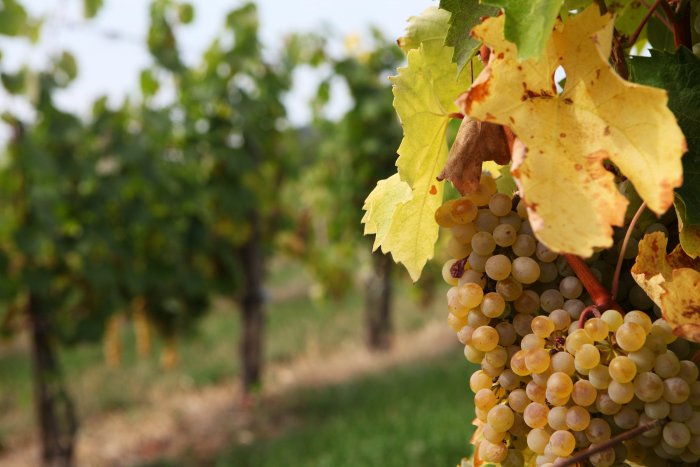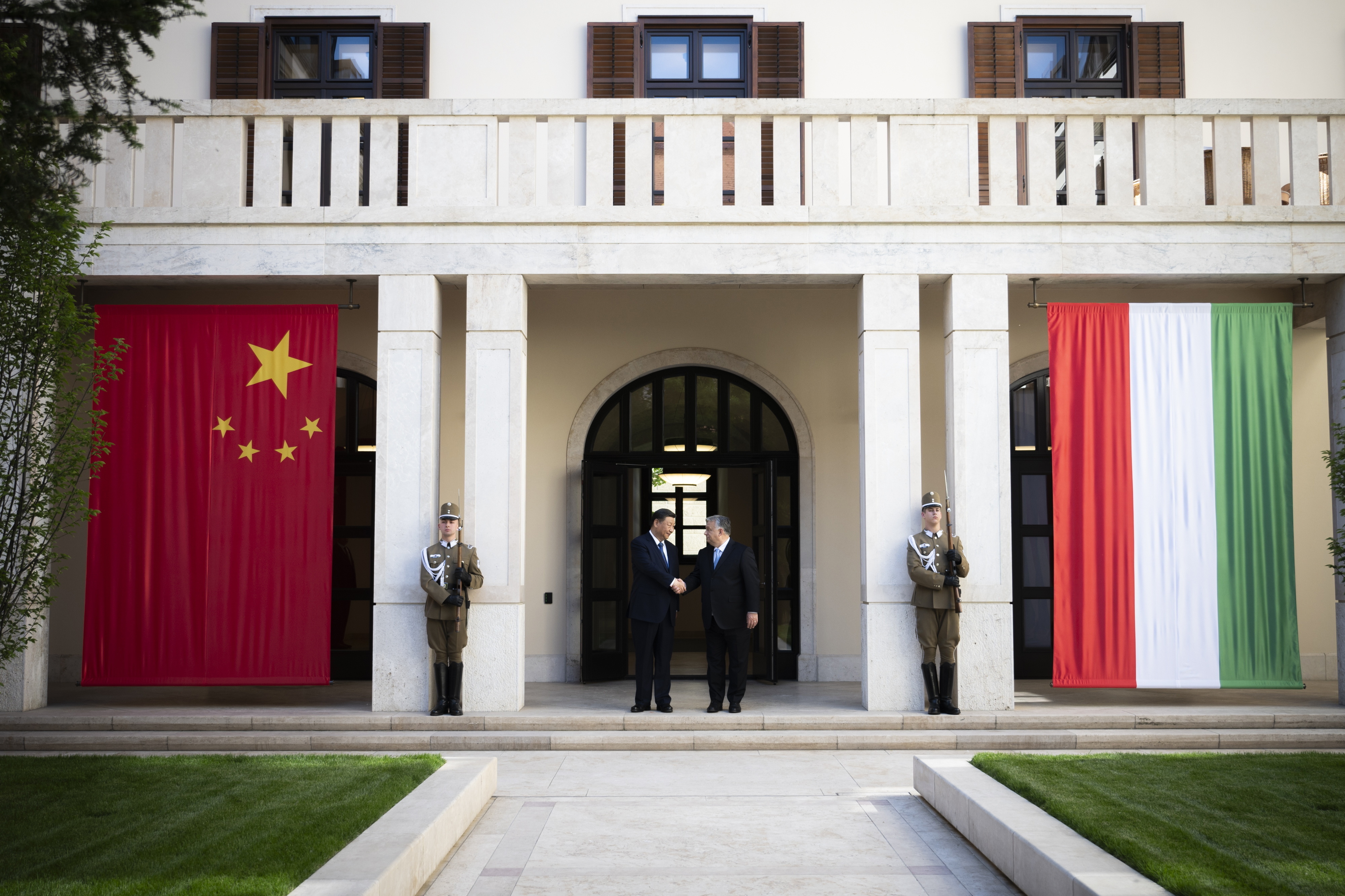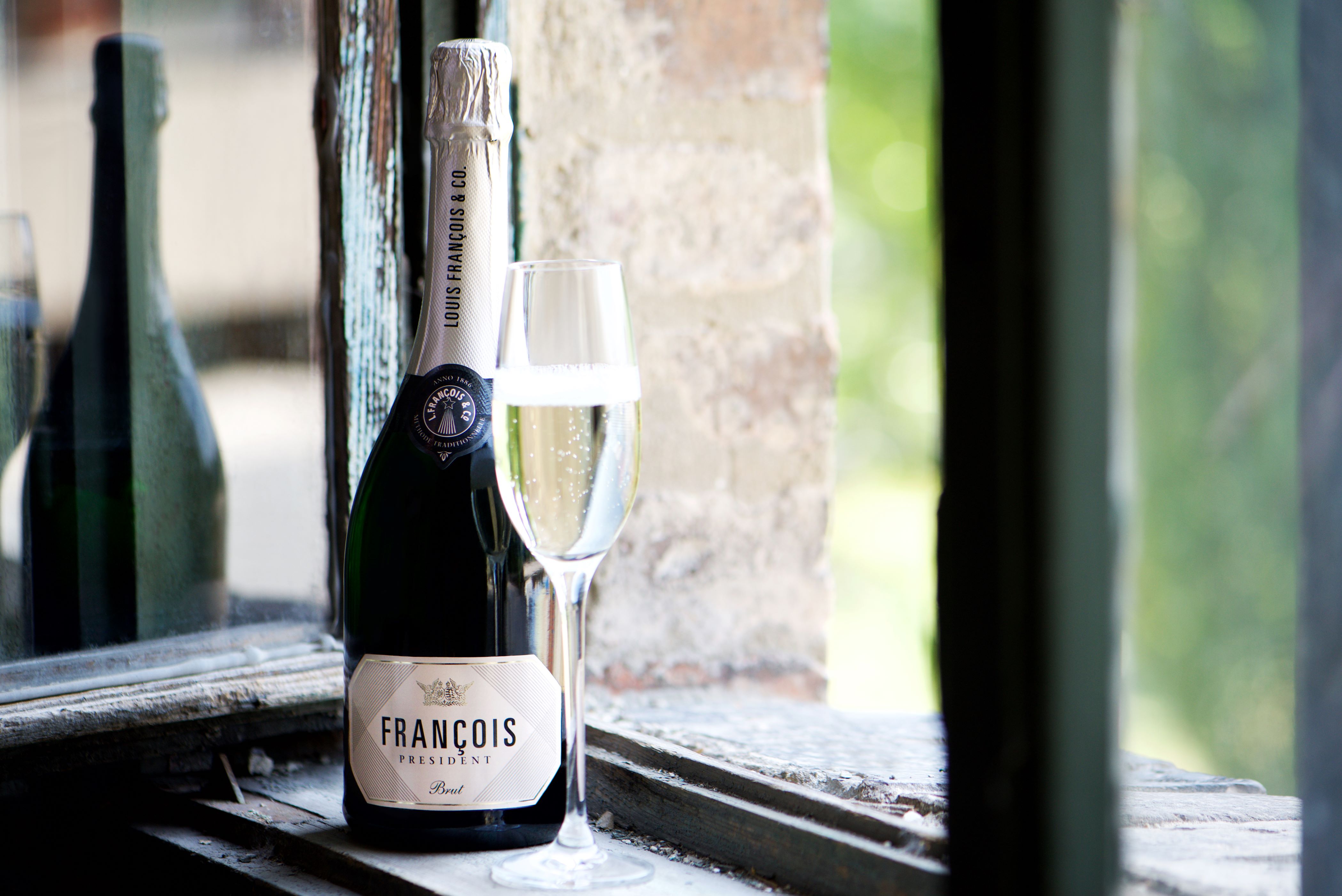Furmint February Flies in to London Town

Furmint frenzy will be in the air when the 2019 wine tasting season in Budapest begins in earnest with the grand tasting of Furmint February at the Hungarian Agricultural Museum on February 7. Hungary’s flagship white grape variety has come a long way in the ten years of Furmint February, which is now even going international, with a press and trade tasting to be held in London on January 30.
In the ten years of the celebration – a month of Furmint-related activity with the grand tasting at the epicenter – dry Furmint has become firmly established as a wine to be reckoned with. Indeed, it has been gaining increasing plaudits from wine critics from beyond Hungary’s borders.
Much more dry Furmint is being made and drunk than the botrytized sweet wines like Aszú and Szamorodni (typically blends with Furmint as the dominant grape) that gave the Tokaj region legendary status.
While high-end dry Furmint has only really been on the scene since the millennium, Tokaj vintners in particular have slowly but surely got a handle on this distinctive grape and managed to rein in its searing natural acidity to make wines of elegance and finesse, often by allowing a few grams of residual sugar to remain in the finished wine to counterbalance that high acidity, without making the wine feel sweet whatsoever. Now, the often steely Furmint is also making sparkling wines of considerable complexity.
“One exciting thing about Furmint is its versatility. It has some similarities to Riesling; able to go from bone-dry, crisp and vibrant; to intensely sweet, always with its hallmark steely acidity,” says Caroline Gilby, Master of Wine.
“At the same time, it has a touch of Chardonnay’s nature about it; capable of fine sparkling wines and able to respond well to oak and malolactic fermentation to give layered complex, almost Burgundian wines,” she adds.
Reinstated
Furmint is being planted way beyond its strongholds of Tokaj and Somló, as well as being reinstated where it once thrived before the phylloxera louse devastated most European vineyards. Incidentally, Furmint was known as Szigeti when it thrived on both sides of Balaton.
While dry Furmint is not very aromatic, it’s restrained character helps it to convey terroir, and accordingly the last few years have seen a surge in single vineyard releases. Tokaj heavyweight István Balassa, who will be pouring his wines at the event in Budapest, says that the relatively neutral Furmint offers winemakers a carte blanche in terms of winemaking.
He believes it enables winemakers to capture the essence of the terroir as it allows the characteristics of the place of growth to come through unimpeded by overt expressions of the grape. He adds that the grape has very complete acidity that plays on the tongue for a long time, delivering length and complexity. One note that is common to many Furmints is quince, which gives the wine distinctive character.
However, Furmint often benefits from having a few percent of Tokaj’s second most planted grape Hárslevelű to flesh out the wine with its more opulent fruitiness and florality. Indeed, it comes as no surprise that these two grapes that work so well in tandem together in Tokaj’s botrytized Aszú can also make it as Tokaj Dry – the emerging category that we are set to hear much more about.
Almost 90 wineries will be pouring more than 200 wines at the Budapest event which costs HUF 12,500, while there will be more than 60 Furmint wines from 20 different producers in attendance at 67 Pall Mall, London on January 30 at the event organized by Wines of Hungary U.K.
At the Budapest event, look out for Vino Gross from the region of Štajerska Slovenija in Slovenia, where Furmint (also known as Šipon in Slovenia) is the second most planted grape variety after Laški Rizling (Olaszrizling in Hungary).
Szepsy’s Input
Johannes and Michael Gross planted the Gorca vineyard with vines originating from cuttings from selections made from Tokaj doyen István Szepsy’s vineyards. Frigyes Bott also turned to Szepsy in re-establishing Furmint vines in Muzsla just across the border in Slovakia.
His spontaneously-fermented, minimum-intervention, biodynamically-made wines are a must-try at the grand tasting, and are not to be confused with the Bott winery from Bodrogkisfalud in the Tokaj region, where the excitingly expressive wines are made by Judit Bodó – who follows a similar natural winemaking approach – and greatly appreciates the help that Szepsy gave her as a young winemaker.
The euphoria around Furmint has pushed some other local grapes into the shade. At the Pannon Karácsony (Christmas) tasting, it was wines from another pair of Carpathian Basin grape varieties that really hit the spot for me. Frigyes Bott’s Kékfrankos 2017 was as varietally pure as the grape comes, with concentrated but fresh sour cherry notes and tingling, long acidity.
Olaszrizling is usually considered far inferior to noble Furmint, but two single vineyard wines – Öreghegy Olaszrizling 2015 and Száka Olaszrizling 2017 (from a very promising young plantation) – from the Figula winery from the Balatonfüred-Csopak region on the northern side of Lake Balaton also stood out.
The Öreghegy Olaszrizling 2015 was harvested quite late on October 8 from 61-year-old vines, but the acidity (5.8 g/l) is nicely preserved thanks to the mainly limestone soil (often the acidity of Olaszrizling drops off quickly as the grapes are left out on the wine in the pursuit of full ripeness). The fermentation started spontaneously in steel tanks, and then was finished in used 1,000 liter Hungarian ászok oak barrels, and the wine was then aged in those barrels for eight months before bottling.
It has lovely bottle age, just the right amount of oak, serious complexity and nice nuttiness, with great length. This wine shows that Olaszrizling can also be a fine articulator of terroir and at HUF 6,850 from Bortársaság it fetches a price comparable to fine Furmint.

SUPPORT THE BUDAPEST BUSINESS JOURNAL
Producing journalism that is worthy of the name is a costly business. For 27 years, the publishers, editors and reporters of the Budapest Business Journal have striven to bring you business news that works, information that you can trust, that is factual, accurate and presented without fear or favor.
Newspaper organizations across the globe have struggled to find a business model that allows them to continue to excel, without compromising their ability to perform. Most recently, some have experimented with the idea of involving their most important stakeholders, their readers.
We would like to offer that same opportunity to our readers. We would like to invite you to help us deliver the quality business journalism you require. Hit our Support the BBJ button and you can choose the how much and how often you send us your contributions.










